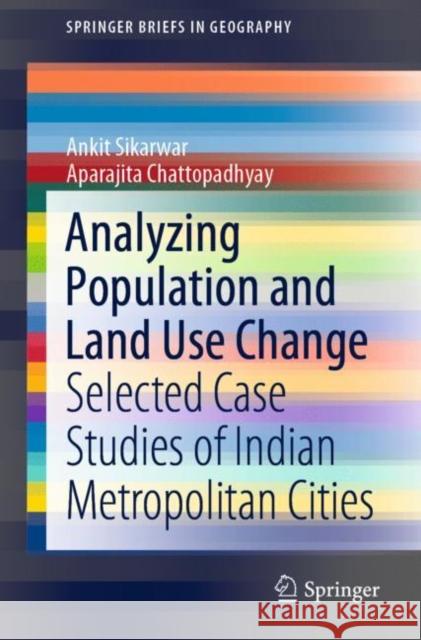Analyzing Population and Land Use Change: Selected Case Studies of Indian Metropolitan Cities » książka
topmenu
Analyzing Population and Land Use Change: Selected Case Studies of Indian Metropolitan Cities
ISBN-13: 9789811550355 / Angielski / Miękka / 2020 / 68 str.
Analyzing Population and Land Use Change: Selected Case Studies of Indian Metropolitan Cities
ISBN-13: 9789811550355 / Angielski / Miękka / 2020 / 68 str.
cena 201,24
(netto: 191,66 VAT: 5%)
Najniższa cena z 30 dni: 192,74
(netto: 191,66 VAT: 5%)
Najniższa cena z 30 dni: 192,74
Termin realizacji zamówienia:
ok. 22 dni roboczych
Dostawa w 2026 r.
ok. 22 dni roboczych
Dostawa w 2026 r.
Darmowa dostawa!
Kategorie:
Kategorie BISAC:
Wydawca:
Springer
Seria wydawnicza:
Język:
Angielski
ISBN-13:
9789811550355
Rok wydania:
2020
Wydanie:
2020
Numer serii:
000465985
Ilość stron:
68
Waga:
0.14 kg
Wymiary:
23.37 x 19.56 x 0.25
Oprawa:
Miękka
Wolumenów:
01











